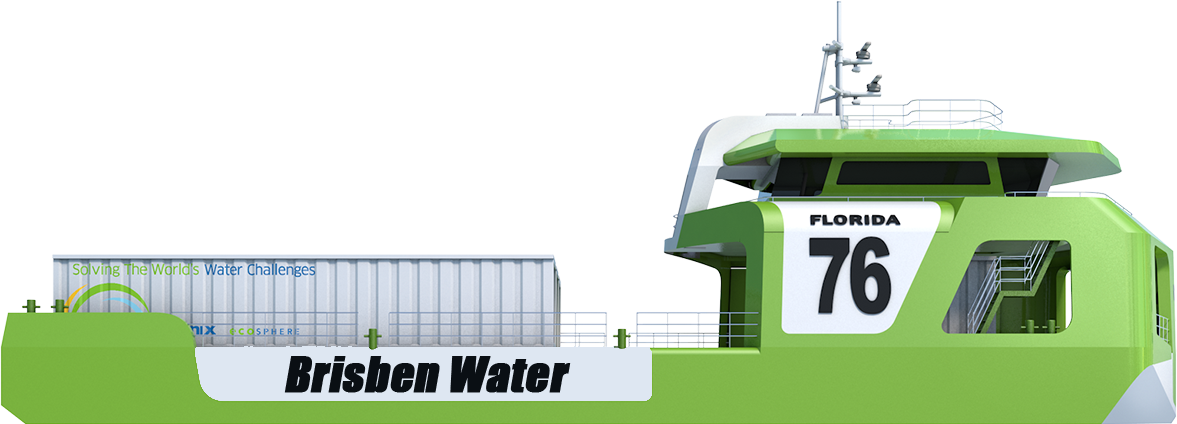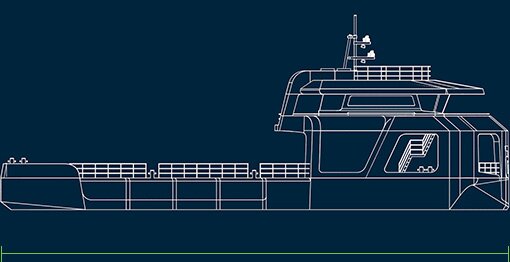Introducing the
Ozonix® Sentinel
Introducing
the Ozonix®
Sentinel
The world’s first non-chemical water treatment solution for cleaning up endangered rivers and lakes of the world. Designed around Brisben Water’s multi-patented and proven Ozonix® water treatment technology, the Sentinel is the first water treatment vessel of its kind to be able to treat high-volumes of water in rivers, lakes, lagoons and estuaries that have been contaminated as a result of manmade and natural events.

Features & Benefits
High Volume
A single Ozonix® Sentinel has the ability to process thousands of gallons of contaminated water per minute - enriching lakes and rivers with a highly oxygenated fluid that is capable of destroying persistent algae blooms and highly resistant bacteria colonies.
Cost-Effective
Environmentally Safe Oxidant
Brisben Water's patented Ozonix® technology produces highly reactive bacteria killing hydroxyl radicals (OH-). Hydroxyl radicals are important to water disinfection because they have a high oxidation potential of 2.80V, which is much higher than the most common disinfectants, Ozone (2.07 V) and Chlorine (1.36 V).
Scalable
Versatile
The Ozonix® Sentinel has been designed utilizing a modular construction technique that allows Brisben Water to assemble a wide variety of different size configurations for different types of treatment scenarios.
Patented & Proven
Life Sustaining
Oxygen Reduction Potential (ORP) measures the ability of a lake or river to cleanse itself or break down contaminants such as algae blooms, dead plants, animals waste byproducts and industrial pollution. In general, the higher the ORP value, the healthier the lake or river is. Ozonix® takes low ORP fluid (0-200) and turns it into a high ORP fluid (300-500) which in return brings lakes and rivers back to life.


12M Ozonix® Sentinel

30M Ozonix® Sentinel
Brisben Water Technologies' 30M water treatment vessel can process thousands of gallons of contaminated water per minute treating very large bodies of water and precious natural resources that have been contaminated as a result of excessive nutrient loading from agricultural runoff and industry generated wastewaters.
Download Fact Sheet Request a Quote